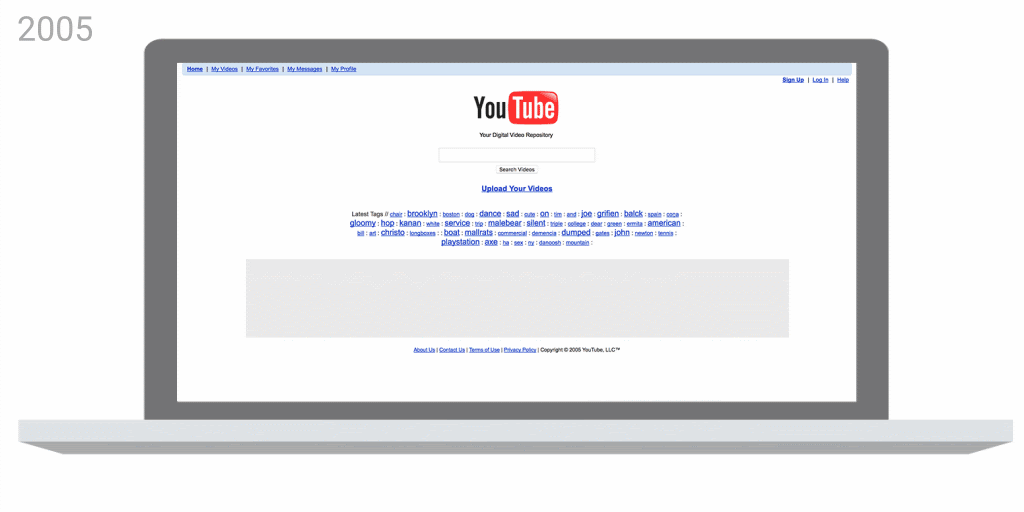In brief: Whether you like it or not, Google is phasing out the classic web interface for YouTube in March. The company also noted you'll need an up-to-date browser to make sure you don't miss out on all the features it's added over the last few years.
Google introduced a new look for YouTube in 2017 for desktop browsers, which polarized its audience who either hated or loved the new experience. The company went on to make numerous tweaks, the last of which made video thumbnails a bit too large for comfort, prompting a wave of outrage from users all over the world.
However, the search giant has so far let users opt out of the new web interface and use the classic one instead. That changes next month, as Google says it will retire the older web interface, which means that you'll soon have to get used to the dreaded Material revamp, which is the de facto UI for YouTube moving forward.
Those of you using older browsers (but why?) may also get a less than ideal experience, so you'll have to update that to get the new UI to work correctly.

Google says the older web interface lacks many of the new features and design improvements introduced over the last three years, including a dark theme, picture-in-picture mode, and "top requests based on your feedback." It seems the company is confident that users want larger thumbnails, longer video titles, and manually combing through videos to train the algorithm to stop recommending things that don't match your interests.
The good news is that the transition won't be abrupt, so if you're still using the classic UI you'll start seeing a notification that asks you to "Switch to the new YouTube." The comments on YouTube's support forum show that a lot of users are dissatisfied with how the new UI works on their desktops, so we'll have to wait and see if Google decides to take that feedback into consideration.
To put things in perspective, Google is pushing the new YouTube because it's trying to graduate it into a profitable business. Expect to see more notifications to sign up for YouTube Music and YouTube Premium, which have 20 million paying subscribers as of writing. Ad revenue for 2019 was $15.15 billion, but despite it being a strong 36.5 percent jump compared to 2018, the profit Google makes from that after covering costs is still nebulous for investors.
In the meantime, Google will continue tweaking the web interface, so let's hope it will add a way to adjust the size of those thumbnails for those of us who want to make more efficient use of our screen real estate.